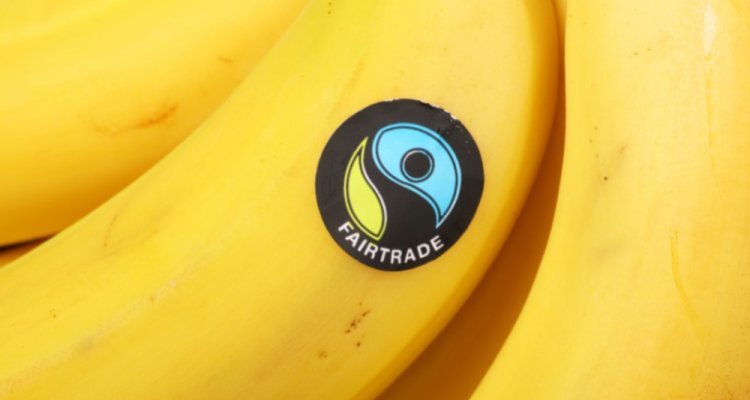
News
Sustainability labels can be effective, but need improvement
Sustainability labels and classifications can have a positive impact on consumer acceptance and can raise awareness, but they are not actually driving more sustainable consumer behaviour yet. Greater impact could be achieved by combining labels and labelling systems, linking them to other drivers of behaviour and emphasising other benefits such as health. These are the findings of a literature review, ‘Effective labelling of sustainable products’ published by Wageningen University & Research and commissioned by the Dutch Ministry of Agriculture, Nature and Food Quality.
Encouraging people to really change their dietary habits, aks for understanding the choices that they make. Insights in consumer behaviour are an essential part of making sustainable options more accessible. That’s why Wageningen has researched not only the ways in which information about sustainability on packaging influences the choices that consumers make, but also possible behavioural mechanisms to support behavioural change.
Most studies show that labelling has some impact when compared to an absence of labelling. In general, labelling accounts for 18 percent of consumer acceptance. The use of a fair trade logo appears to have the strongest positive effect.

It’s also effective to communicate health benefits alongside environmental and sustainability benefits. Consumers are more likely to buy a product with combined environmental, fair trade and climate-neutral certification than one with individual labels. Traffic-light labels (such as the green-yellow-red health score) also make it easier for consumers to go for a sustainable option. Combining labels seems to be a more effective approach than the use of individual labels because having multiple separate labels can cause some confusion.
Labels misunderstood or not trusted
Although studies reveal that labels increase awareness and the willingness to pay for sustainability, there is far less evidence that they actually influence consumer behaviour. It appears that consumers don’t always fully understand or trust labels. Price and product origin are often the factors that determine whether a consumer buys a sustainable product or not. People also often claim that they make sustainable choices, even when this is not actually the case, so their intentions and actual behaviour aren’t necessarily aligned.
Greater clarity increases trust
The success of a label depends on it being clear and recognisable. The clearer a label is, the more it is trusted, and this in turn increases the willingness to pay for it. But labels can't be overloaded with information. Sustainability needs to be clearly communicated and relevant to the buyer. It’s effective to show that consumer choices have an impact, and to specify the real benefits of sustainable choices, such as the number of bees on a farm.
Labels are particularly effective for informed, motivated consumers, especially women
Well-informed and motivated consumers, especially women, are particularly responsive to labelling. Vulnerable consumers and those with less sustainable patterns of consumption are much less influenced by the current system of labelling. Therefore, to make them more effective, labels need to be easier to understand for all types of consumers, and it’s helpful to use targeted communication for particular groups.
Targeting the subconscious
Cognitive influencing is the main focus at present and there’s less of a focus on subconscious processes such as those of social environments. However, those processes have the potential to encourage environmentally friendly consumer behaviour, particularly among consumers who are less well informed or motivated. Supportive strategies can be used for this, such as communicating urgency, social norms, a sense of belonging or identification with a group that endorses sustainability and emotions. More research is needed on this according to the researchers.
Independent vs supermarket or government labels
More research is also needed into what sort of combined labelling system would be most effective, because having an even greater variety of labels is not likely to lead to greater clarity. The added value of traffic-light systems should be looked into and compared to existing labels. Which groups are likely to benefit? Consumers are more trusting of labels issued by independent organisations than those issued by a supermarket, for example. So it’s important to think about the organisation behind the label.
Methodology
The literature review covered environmental and social wellbeing, animal welfare, consumers, food/nutrition and communication. It drew only on Western literature sources, with 42 percent of articles coming from Western Europe.